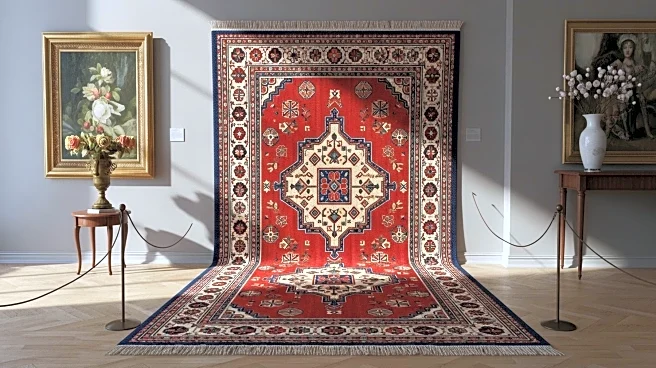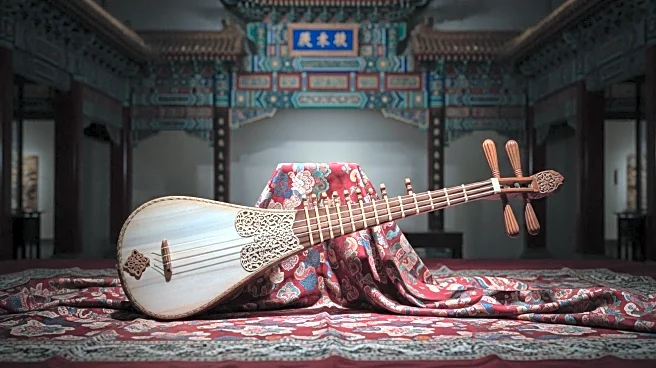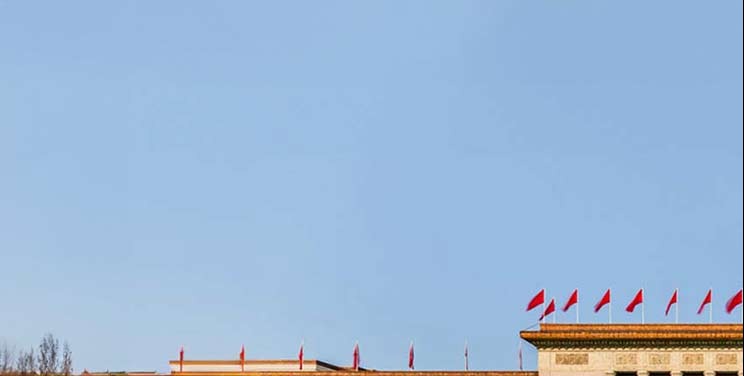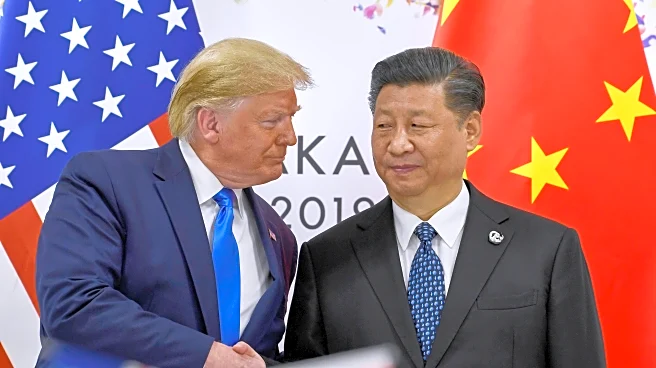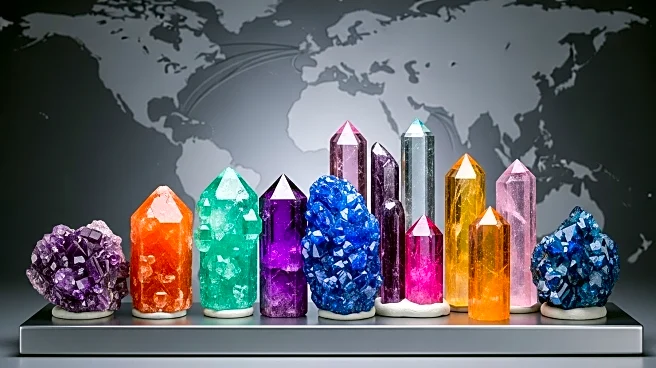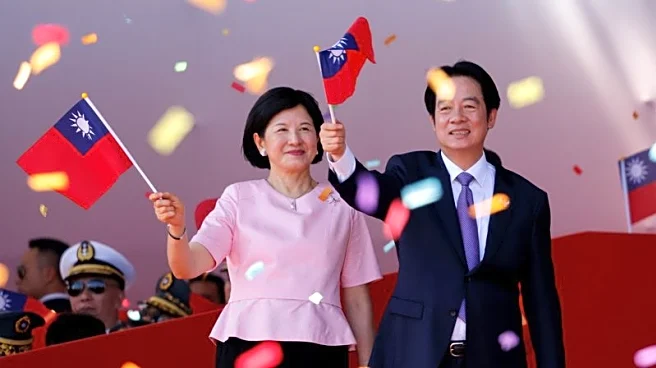What is the story about?
What's Happening?
An exhibition held in Beijing, titled 'Greetings,' has come under criticism from a group of artists, curators, and gallerists from Xinjiang for allegedly engaging in cultural appropriation and misrepresentation. The exhibition, which ran from March to June 2025 at the Maca Art Center, featured the work of Beijing-based artist Dan Er and focused on her travels through Xinjiang and interactions with its heritage arts. The Xinjiang collective, Yixak, claims the exhibition reinforced ethnic stereotypes and lacked familiarity with the culture it aimed to represent. The exhibition incorporated elements such as Uyghur dance, architecture, and textile patterns, but Yixak argues it conflated the cultures of Xinjiang's ethnic groups and misrepresented traditions. The collective also criticized the exhibition for not crediting Dan's collaborators in Xinjiang and excluding the communities depicted.
Why It's Important?
The criticism of the 'Greetings' exhibition highlights ongoing concerns about cultural appropriation and the representation of minority cultures in art. Xinjiang, known globally for alleged human rights abuses, is home to diverse ethnic groups whose cultural heritage is at risk of erasure. The controversy underscores the need for accurate and respectful representation of these cultures, especially in artistic endeavors. It also raises questions about the involvement and representation of local communities in exhibitions that depict their heritage. The broader significance lies in the potential impact on cultural diplomacy and the art world's approach to diversity and inclusion.
What's Next?
Following the controversy, Maca Art Center held a symposium on cultural appropriation, although it reportedly lacked representation from Xinjiang communities. The ongoing dialogue may lead to increased scrutiny of exhibitions and artistic projects that involve minority cultures. Institutions may need to reassess their practices to ensure inclusivity and accurate representation. The response from the art community and cultural institutions could influence future exhibitions and collaborations, potentially fostering a more inclusive environment for minority artists and curators.
Beyond the Headlines
The incident reflects broader issues within China's art world, where discussions on diversity and cultural appropriation are not widespread. The criticism from Yixak points to a lack of understanding and engagement with minority cultures, which could have long-term implications for cultural representation and identity politics in China. The controversy may prompt a reevaluation of how cultural heritage is portrayed and preserved, influencing both domestic and international perceptions of China's cultural policies.
AI Generated Content
Do you find this article useful?
